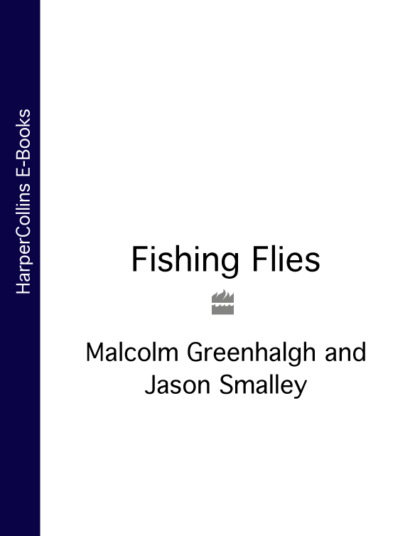По всем вопросам обращайтесь на: info@litportal.ru
(©) 2003-2024.
✖
Fishing Flies
Настройки чтения
Размер шрифта
Высота строк
Поля
YELLOW PARTRIDGE
Thread: Yellow.
Rib: Fine silver wire (optional).
Hackle: Grey speckled feather from the lower part of the neck of a grey (English) partridge.
LIGHT SNIPE
Thread: Primrose.
Hackle: Snipe underwing covert.
SNIPE BLOA
Thread: Straw.
Hackle: Snipe underwing covert.
POULT BLOA
Thread: Yellow.
Hackle: Grey underwing covert of a young (= poult) red grouse.
LIGHT WOODCOCK
Thread: Yellow.
Hackle: Woodcock underwing covert.
The following four flies are outstanding during a hatch of black midges or smuts, or during a fall of black land-bred flies such as black gnats.
BLACK GNAT
Thread: Black, brown, grey or olive.
Hackle: Feather from the neck or back of the starling.
BLACK SPIDER
Thread: Black or red.
Hackle: Black hen.
WILLIAMS’S FAVOURITE
Thread: Black.
Rib: Fine oval silver tinsel.
Hackle: Black hen.
Invented by the father of A. Courtney Williams, author of A Dictionary of Trout Flies, this can be turned into a very useful dry fly by the addition of tails (a few fibres of black cock hackle) and using a black cock instead of hen as hackle.
RUZ-DU
Thread: Black.
Body: Rear half orange thread, front half black thread.
Hackle: Black hen.
This is an extremely useful wet fly in rivers and lakes during a hatch of black midges. It comes from Brittany and was devised by André Ragot.
SNIPE & PURPLE
Thread: Purple.
Hackle: Snipe upperwing covert.
Though originally used to match very dark upwinged flies in rivers, this is a most useful lake fly during a midge hatch.
WATER CRICKET
Thread: Yellow.
Rib: Black thread.
Hackle: Feather from the back of a starling.
A very useful pattern when strong winds are blowing a wide range of land-bred insects (beetles, dung flies, leaf hoppers etc.) onto the water.
DUBBED BODY PATTERNS
There are two types of dubbing: light and not light. In the latter, the usual method of dubbing, the thread becomes lost in the dubbing. In light, sometimes called ‘touch’, dubbing only the merest wisp of fur is used so that, when the dubbed thread is wound along the hook shank, every turn of thread is still visible through the haze of dubbed fur. To help keep the fur in place, use a solid rather than a liquid wax.
WATERHEN BLOA
Thread: Yellow.
Body fur: Mole.
Hackle: Waterhen underwing covert.
Outstanding during a hatch of olives.
SNIPE BLOA





